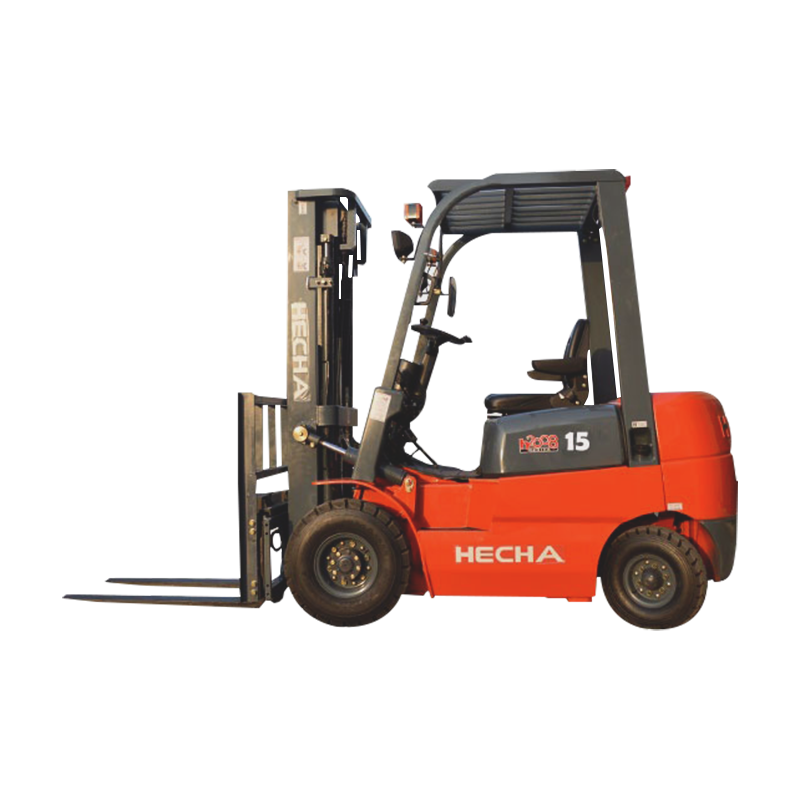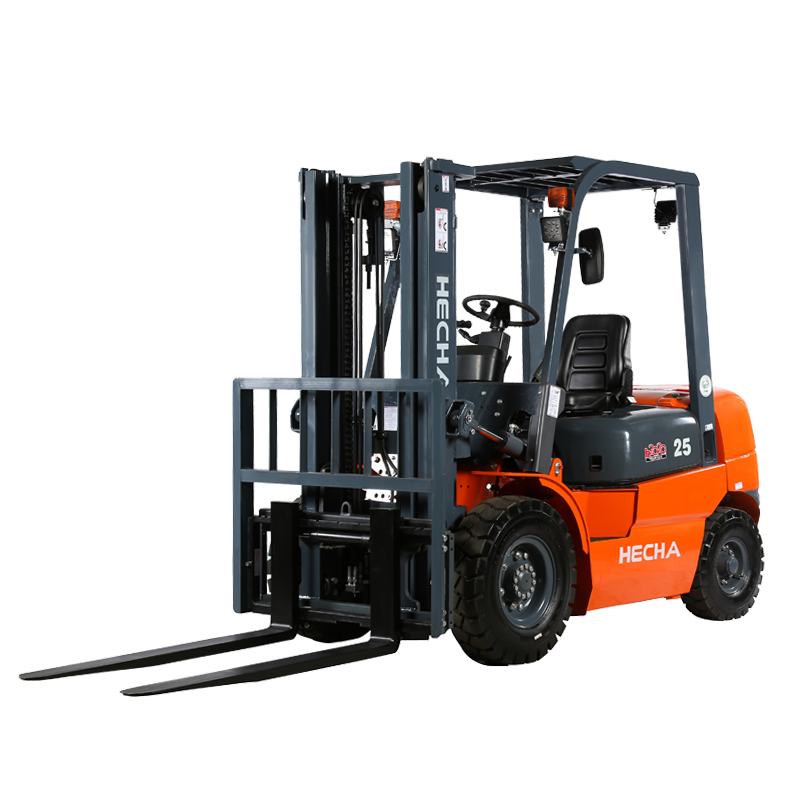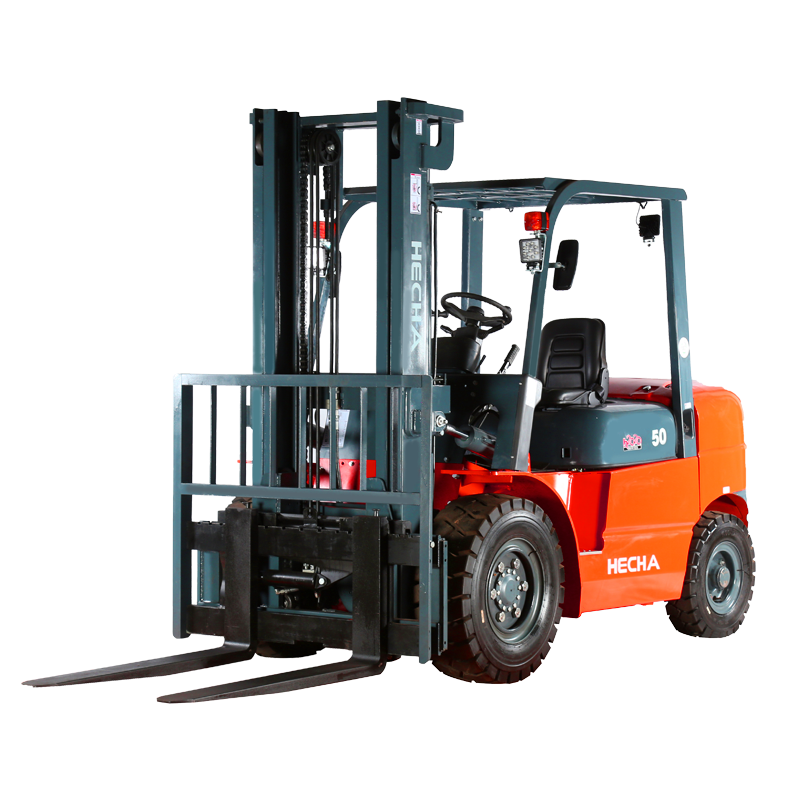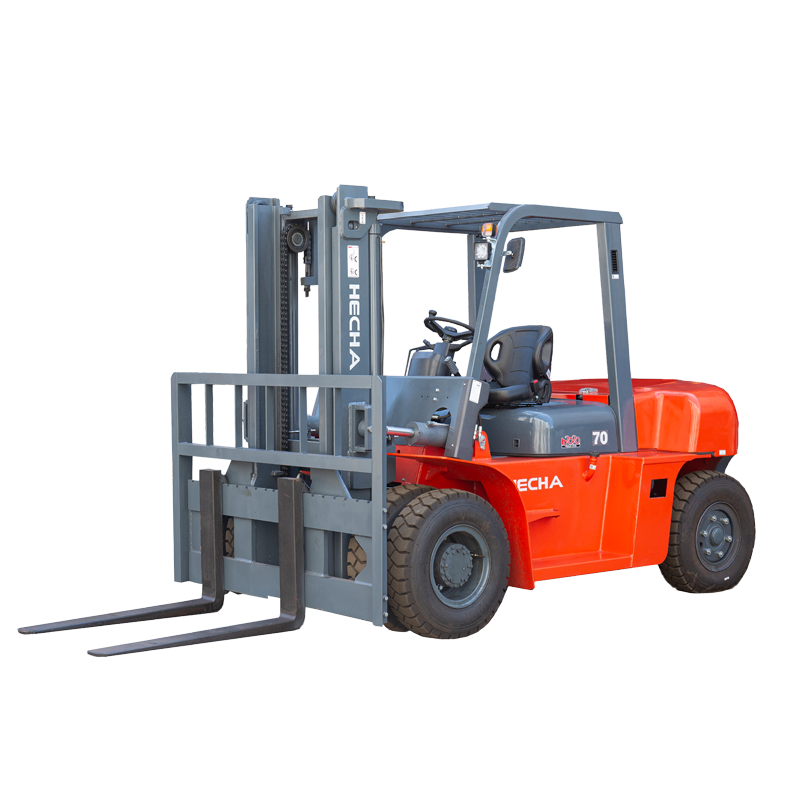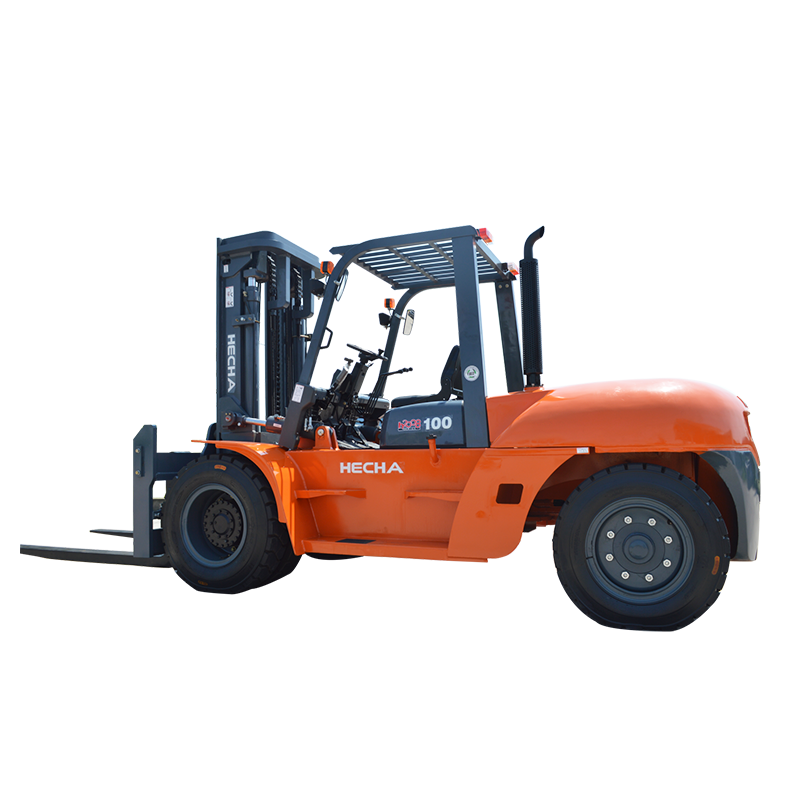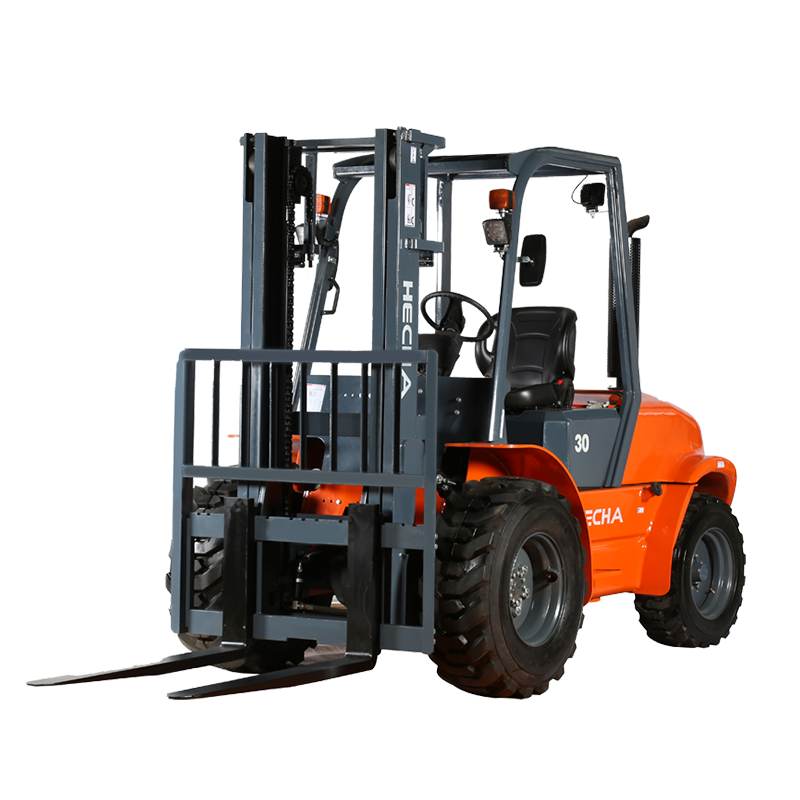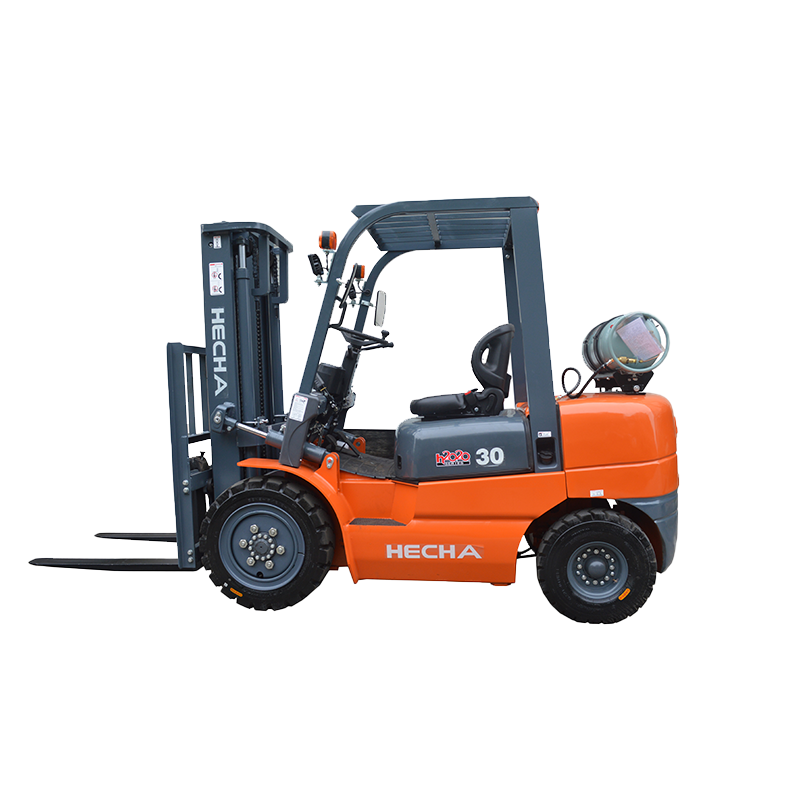In modern warehousing and manufacturing systems, environmental noise has long been regarded as an inevitable byproduct, especially the high-decibel roar of traditional internal combustion forklifts during operation, which not only interferes with work efficiency, but also poses a potential threat to employee health. The emergence of environmentally friendly electric forklifts has fundamentally changed this situation. Through the engine-free motor drive mode, it abandons the internal combustion engine detonation and complex mechanical transmission structure, so that the main noise source is completely eliminated, and the overall operating volume is reduced to below 55 decibels, which is equivalent to the sound intensity level of daily conversation. This technological breakthrough makes electric forklifts no longer a simple energy alternative, but a key carrier for optimizing the industrial acoustic environment.
In traditional warehousing scenarios, the noise pollution of internal combustion forklifts is characterized by continuity and wide-area. The periodic detonation of diesel engines will generate high-frequency noise above 90 decibels, while the mechanical friction sound of the hydraulic system and the transmission gear will form medium and low-frequency background noise. This composite sound field not only requires workers to increase the volume when communicating, but also causes auditory fatigue and even hearing damage after long-term exposure. Environmentally friendly electric forklifts use permanent magnet synchronous motors and electronically controlled hydraulic systems. The power transmission process does not require gas combustion and rigid collision. The high-frequency components in the noise spectrum are completely filtered out, leaving only the low-frequency hum of the motor. Actual measurements show that under the same operating intensity, electric forklifts can reduce the overall noise in the warehouse by more than 40%, which is equivalent to transforming a noisy factory workshop into a quiet office environment. This change directly improves the comfort of the operation - workers do not need to repeatedly adapt to noise interference, and their attention allocation is more efficient. Especially for picking and stacking that require precise operations, the silent environment significantly reduces the rate of misoperation.
For noise-sensitive industries such as medicine and precision electronics, the low-noise characteristics of electric forklifts are more strategically valuable. The production lines of such companies usually require clean room-level environmental control. Traditional logistics equipment is forced to be physically isolated from the production area due to noise and vibration problems, resulting in low material turnover efficiency. Electric forklifts can be directly embedded in the production process due to their near-silent operation. For example, in the transportation of semiconductor wafers, electric forklifts can shuttle between photolithography machines and etching equipment, avoiding vibrations that affect precision instruments while ensuring the immediacy of material transportation. What is more noteworthy is that this seamless connection has changed the spatial planning logic of the factory - the traditional boundaries between the logistics area and the production area have been broken, and the factory design has been freed from the shackles of "noise zoning" and has been laid out based on the optimization of the process flow.
From the perspective of occupational health, the quietness of electric forklifts is not only an improvement in technical parameters, but also a practice of industrial humanistic care. The World Health Organization has long listed long-term noise exposure as one of the causes of cardiovascular disease and psychological stress. Under an eight-hour work system, environmental noise above 85 decibels can cause hearing threshold shifts. Electric forklifts control the sound pressure level within the safety threshold, which is equivalent to building an invisible hearing protection barrier for employees. Especially in cold chain warehouses or automated stereoscopic warehouses with high-density operations, multiple devices running at the same time often produce a noise superposition effect, and the low-noise characteristics of electric forklifts ensure that the acoustic environment will not deteriorate with the increase in the number of devices. This scalable and silent advantage makes it an indispensable infrastructure for future smart warehousing.
The low noise performance of environmentally friendly electric forklifts essentially reflects the evolutionary direction of green industrial equipment: true sustainability should cover both clean energy and environmental friendliness. When a technology can reduce carbon emissions and eliminate noise pollution, its value goes beyond the equipment itself and becomes a catalyst for ecological upgrading in the workplace. In the era of Industry 4.0, the human-machine collaboration is unprecedentedly close, and silence is precisely the most basic lubricant for this collaboration. Electric forklifts have proved by reconstructing the acoustic environment that the highest level of technological progress is to make the machine almost "invisible" when it is operating efficiently - completing the established mission without imposing additional burdens on humans and nature. This concept may define the essence of the next generation of environmentally friendly equipment better than any technical parameters.

 English
English 中文简体
中文简体 русский
русский Français
Français Español
Español

